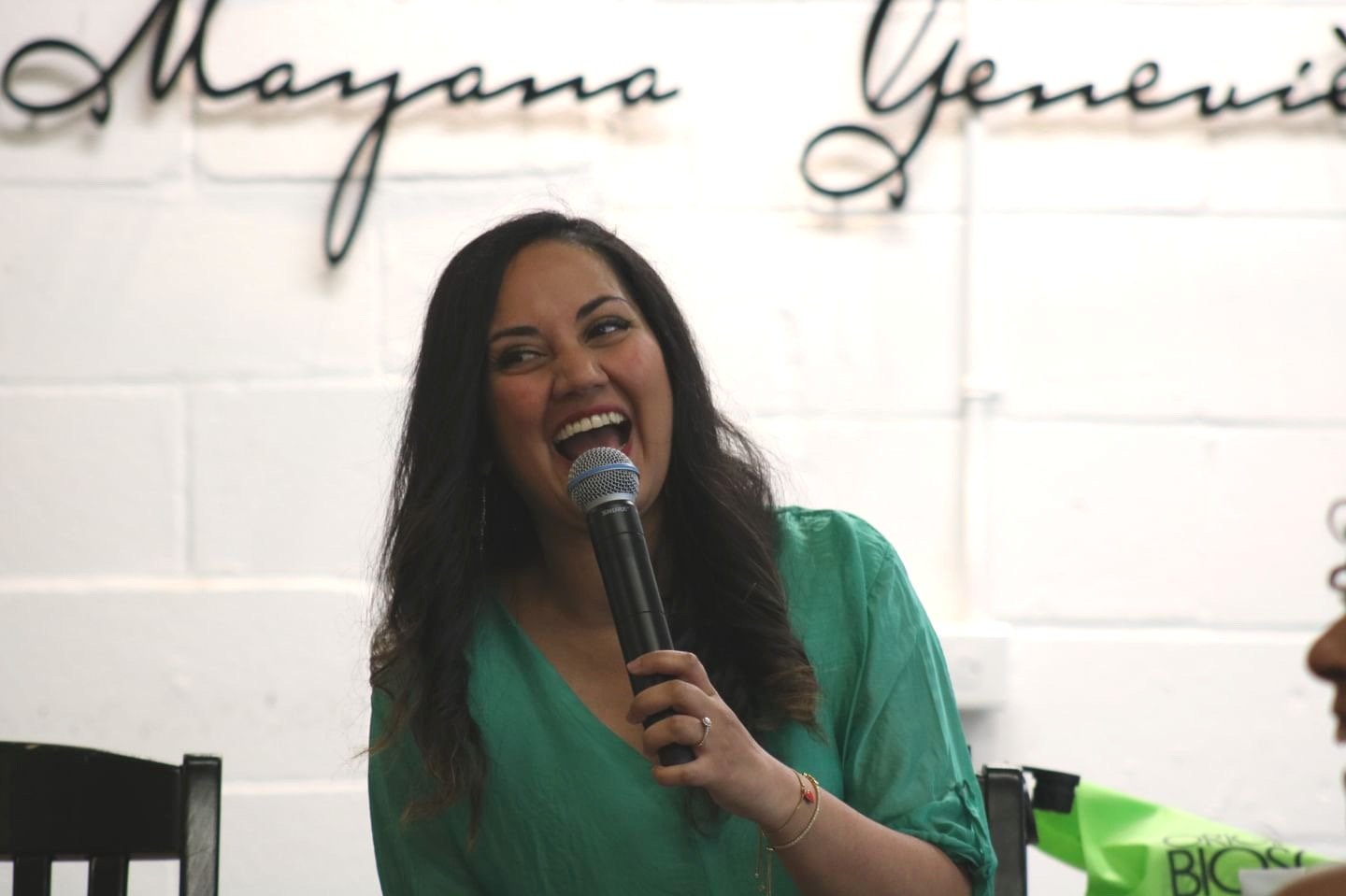One Week with the Apple Watch Ultra
It’s been a week with the Apple Watch Ultra and I love it. I like big watches in general, so the extra screen real estate is clutch. I have a few faces I’ve been using with it, depending on Focus Mode and Context: There are a few things I really love about this watch, outside of the bigger face: There…

